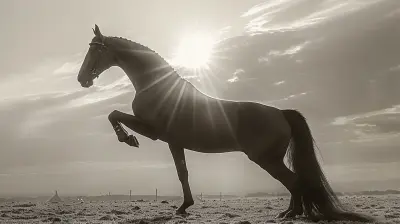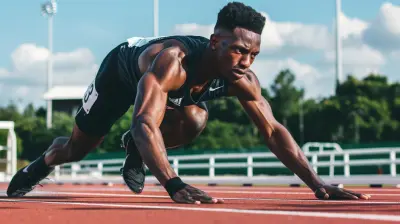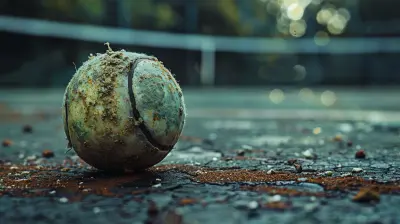How to Adjust Your Game for Different Tennis Surfaces
29 July 2025
Ever wonder why some tennis players dominate on grass while others shine on clay? It’s not a coincidence—it’s strategy. The surface beneath your feet can make or break your game. Whether you're a seasoned player or just getting started, understanding how to adapt your style for different courts is absolutely crucial.
Let's strip it down and get into the gritty (sometimes slippery) world of tennis surfaces. This guide will walk you through how each surface affects gameplay and what exactly you need to tweak in your arsenal to come out on top.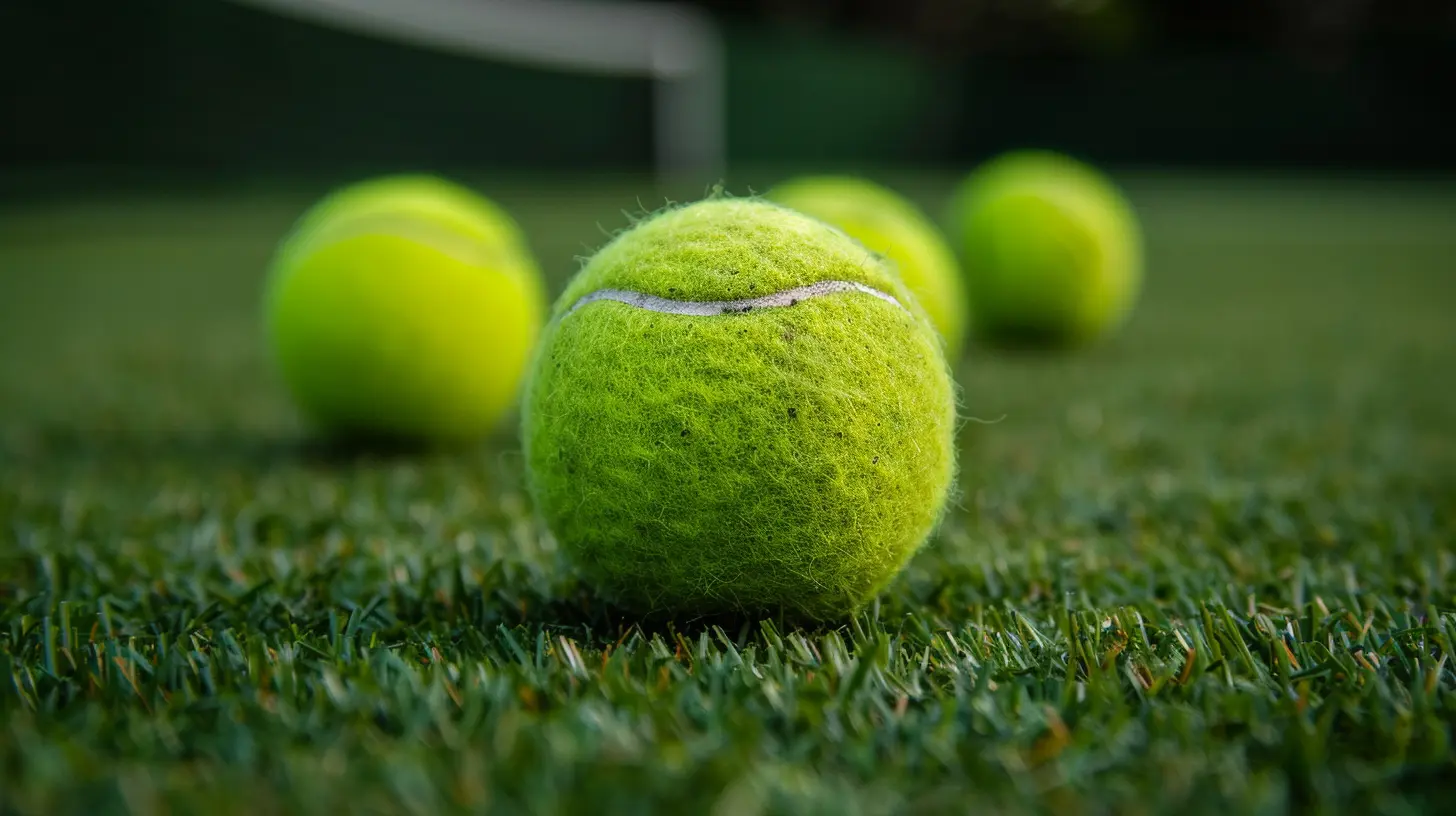
🧱 The Big Three: Clay, Grass, and Hard Courts
Alright, before we dive deep, let’s get familiar with the main players in this surface game:1. Clay Courts (Think: Slow and Sticky)
Famous for: The French OpenYour foot gets a little stuck, the ball slows down, and rallies last forever. Clay is the chessboard of tennis—strategy over brute force.
2. Grass Courts (Fast and Furious)
Famous for: WimbledonIt’s like playing on greased lightning. The ball skids and bounces low. Serve-and-volley is king here.
3. Hard Courts (The All-Rounder)
Famous for: The US Open and Australian OpenThink of this as the neutral ground. It offers a fair mix of speed, bounce, and consistency.
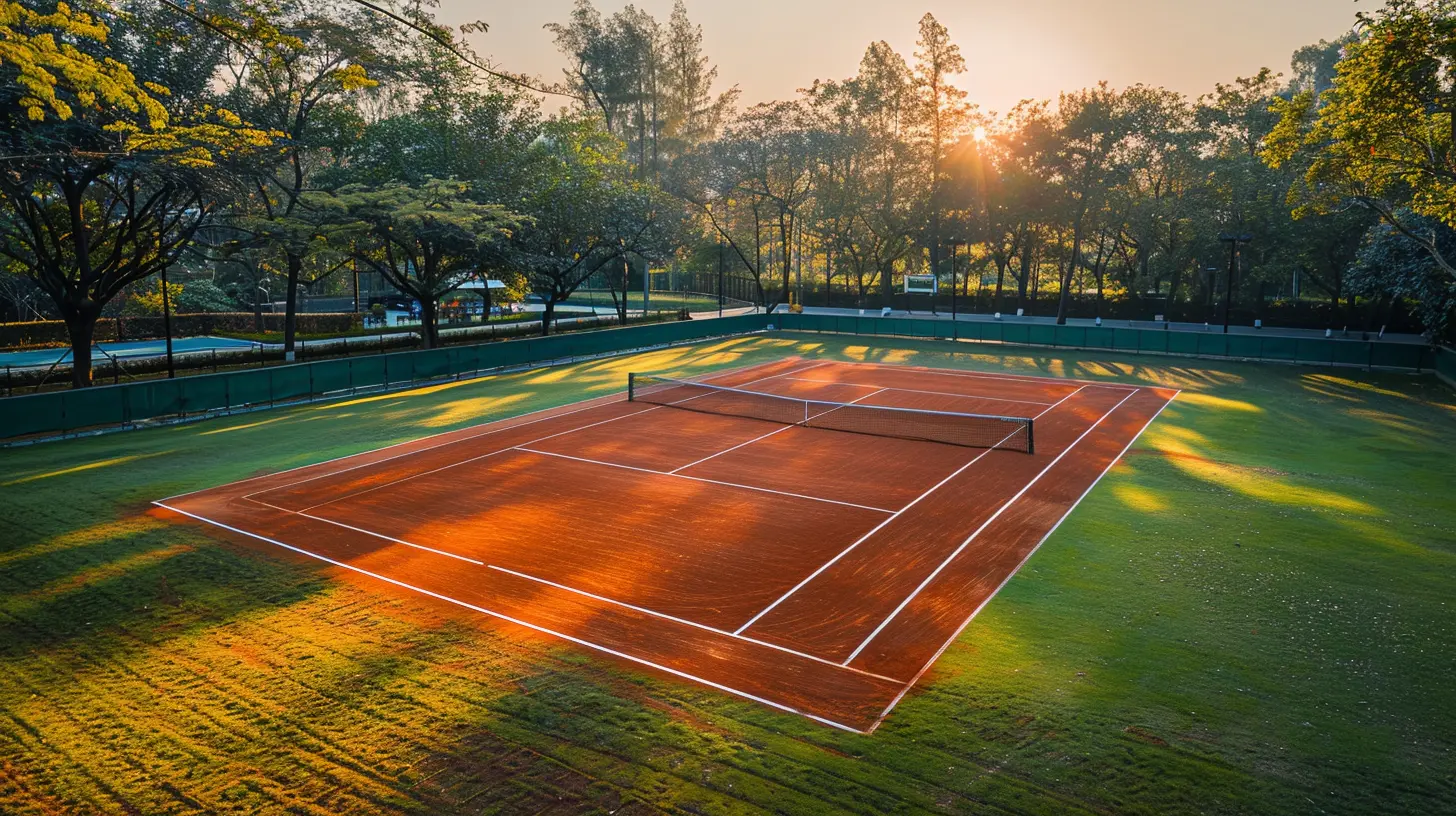
🎾 Why Surfaces Matter More Than You Think
Here’s the thing: tennis isn’t just about hitting the ball harder or running faster. It’s about adapting. And surfaces change everything—ball speed, bounce, movement, and even how your body responds.So, the golden rule? Never play the same way on all courts. Adjust, adapt, and dominate.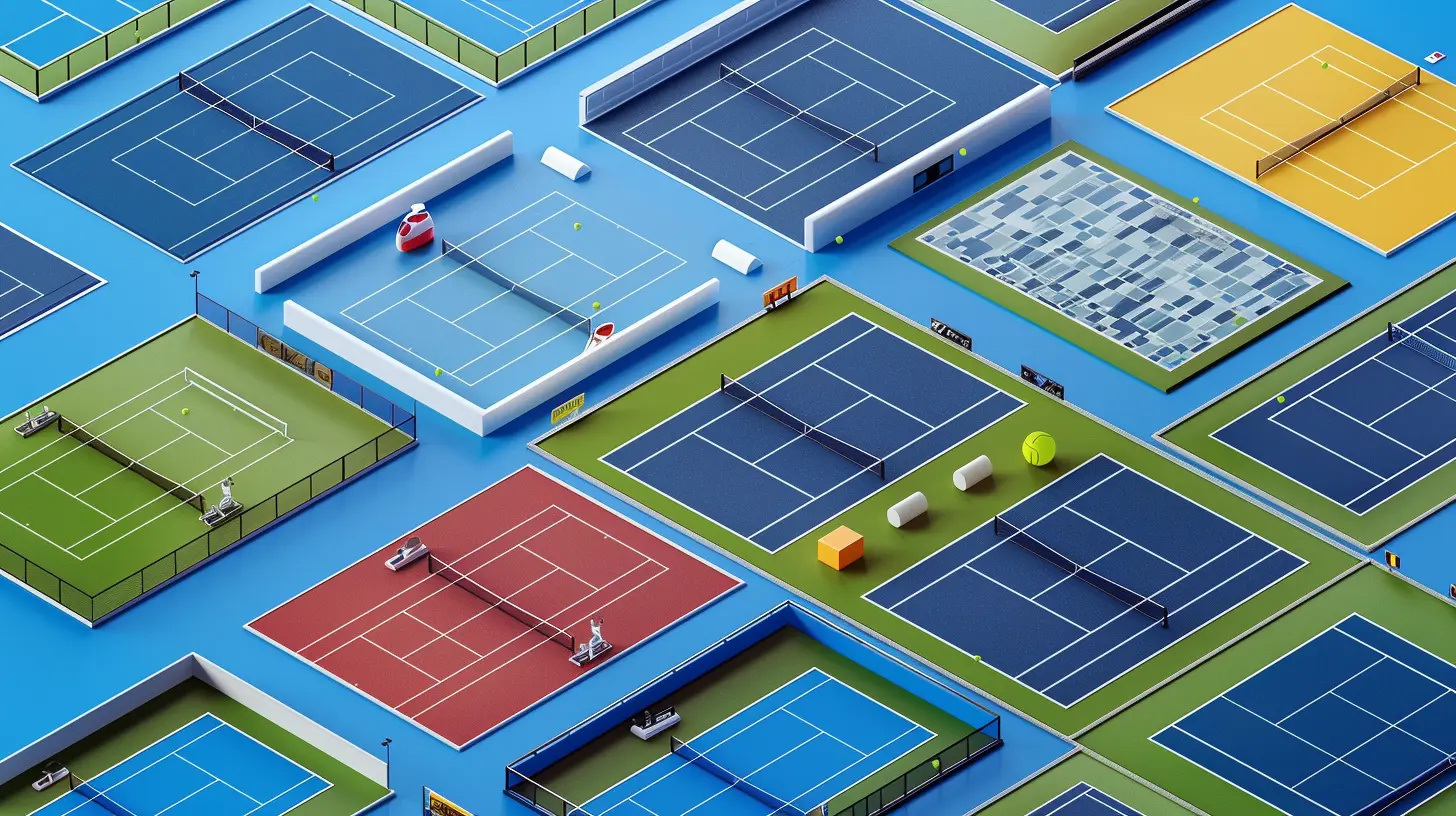
🏃♂️ Movement Matters: Mastering Footwork for Every Court
Clay Courts: Slide to Survive
On clay, you’ll need to become a sliding ninja. The surface is loose, and you'll notice your shoes don’t grip like they do on hard courts. But that’s not a bug—it’s a feature.Tips:
- Learn to slide into shots, not just out of them.
- Stop relying on sharp turns. Use a gliding motion to change direction.
- Stay low—balance is everything when the footing’s shifty.
👉 Think of it like dancing on powdered sugar. Grace over speed.
Grass Courts: Tiptoes Over Thunder
Grass is unpredictable. You’ll notice inconsistent bounces and sometimes the ball almost dies upon landing. Your job? Stay nimble.Tips:
- Keep your steps short and choppy.
- Expect low bounces—prepare to bend those knees.
- Don’t over-commit. Change of direction is tough here, so stay ready for anything.
👉 It’s like running on a wet sponge. Be light, not loud.
Hard Courts: Controlled Power Play
Hard courts allow for stable footing but can be rough on joints. Movement here is cleaner, but you’ve got to be explosive.Tips:
- Push off aggressively for side-to-side movement.
- Use split steps often to react quickly.
- Condition those knees—this surface is unforgiving over time.
👉 Imagine sprinting on a basketball court—it's firm, fast, but punishing.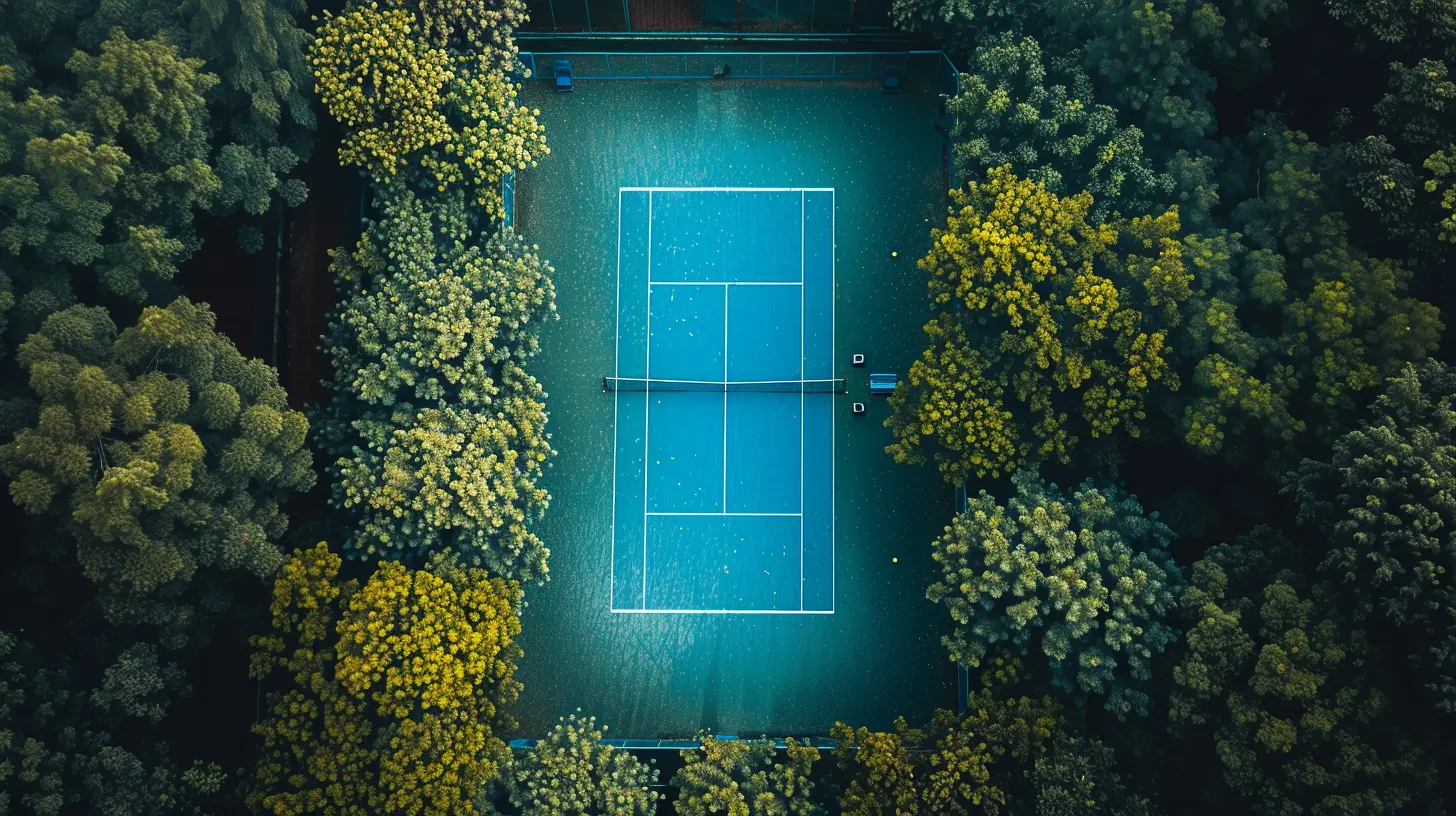
💣 The Bounce Factor: Reading and Reacting
The ball behaves wildly different depending on the surface. Let’s crack that code.On Clay:
- Slowest surface.- High bounce.
- Long rally heaven.
Adjust Your Game:
- Add topspin—it exaggerates bounce.
- Be patient with point construction.
- Slice shots can die quickly—use sparingly.
On Grass:
- Fastest surface.- Low bounce.
- Short, sharp points.
Adjust Your Game:
- Flat shots work wonders.
- Mix in slice and serve-and-volley.
- Keep your opponent guessing—variety kills.
On Hard Court:
- Medium speed.- Predictable bounce.
- Balanced play encouraged.
Adjust Your Game:
- Use a combination of spin and flat strokes.
- Rally when needed, attack when it’s time.
- Control is key—don’t go all-out every point.
🛠️ The Gear Shift: String Tension and Racquet Tweaks
Yes, even your equipment should change with the surface.Clay:
- Use looser string tension for more power and spin.- Consider a racquet with a bigger head size for better reach and forgiveness.
Grass:
- Slightly tighter tension can help control those quick rallies.- Lighter racquet? Great for net play and quicker reactions.
Hard:
- Medium tension is your middle ground.- Use a balanced racquet—not too heavy, not too light.
👉 Remember: You wouldn't wear sneakers to hike a mountain, right? Your racquet setup should also match the terrain.
🧠 The Mental Game: Patience vs Aggression
You can’t just physically adapt—you need to mentally adjust your mindset.On Clay:
- Think like a chess player. Construct points, don’t rush.- Expect longer rallies. Stay calm.
- Your anger will cost you more than your opponent ever could.
On Grass:
- Attack-mode ON.- Take chances. The surface rewards boldness.
- Don’t dwell on bad bounces—they’re part of the package.
On Hard:
- Mental flexibility is vital.- Know when to rally, when to go big.
- Read your opponent more than the court.
🧳 Travel Tips: Training for Surfaces You Don’t Have at Home
Let’s face it, most of us don’t have three different courts in our backyard. But you can still prep like a pro.Clay Training Hack: Practice longer rallies with friends and work on topspin drills.
Grass Training Hack: Use a low-bounce ball (like a foam or green dot ball) on a fast surface. Work on net play and volleying.
Hard Court Training Hack: Interval sprints, footwork drills, and hitting targets for precision go a long way.
👉 Adaptation is more about mindset and preparation than it is about location.
🧩 The Pro Blueprint: Surface-Specific Legends
Think about the greats and how surface defined their legacy.- Rafael Nadal: The undisputed king of clay. Why? Topspin, footwork, and endurance.
- Roger Federer: Fluid and aggressive—grass suited his serve-and-volley brilliance.
- Novak Djokovic: The hard court beast. Balanced, precise, and mentally unbreakable.
👉 Emulate, don’t imitate. Study them, then find your own way.
📚 A Quick Surface Cheat Sheet
| Surface | Ball Speed | Bounce | Rally Length | Player Strategy ||--------|------------|--------|---------------|-----------------|
| Clay | Slow | High | Long | Patience, Spin, Stamina |
| Grass | Fast | Low | Short | Aggression, Net Play |
| Hard | Medium | Medium | Medium | Balance, Timing, Power |
🧠 Final Thoughts: One Game, Many Worlds
Tennis isn’t just one sport—it’s three different games depending on where you play. Each surface tests a different part of you: clay challenges your patience and endurance, grass dares your reflexes and courage, and hard courts demand balance and strength.But here's the kicker—you don’t need to be a pro to master this. Just observe, adjust, and stay curious. The court may change, but your ability to adapt? That’s your true weapon.
So next time you step onto a new surface, ask yourself: “Is my game ready for this terrain?” Because the ball doesn’t lie—but it sure does bounce differently.
all images in this post were generated using AI tools
Category:
TennisAuthor:

Nelson Bryant
Discussion
rate this article
1 comments
Mindy McTier
This article highlights a crucial aspect of tennis that often gets overlooked—surface adaptability. Understanding how to modify our techniques for clay, grass, and hard courts can truly elevate our game. Embracing these adjustments not only enhances performance but also enriches our overall enjoyment of the sport.
August 14, 2025 at 3:53 AM

Nelson Bryant
Thank you for your insightful comment! I completely agree—surface adaptability is key to maximizing both performance and enjoyment in tennis.
